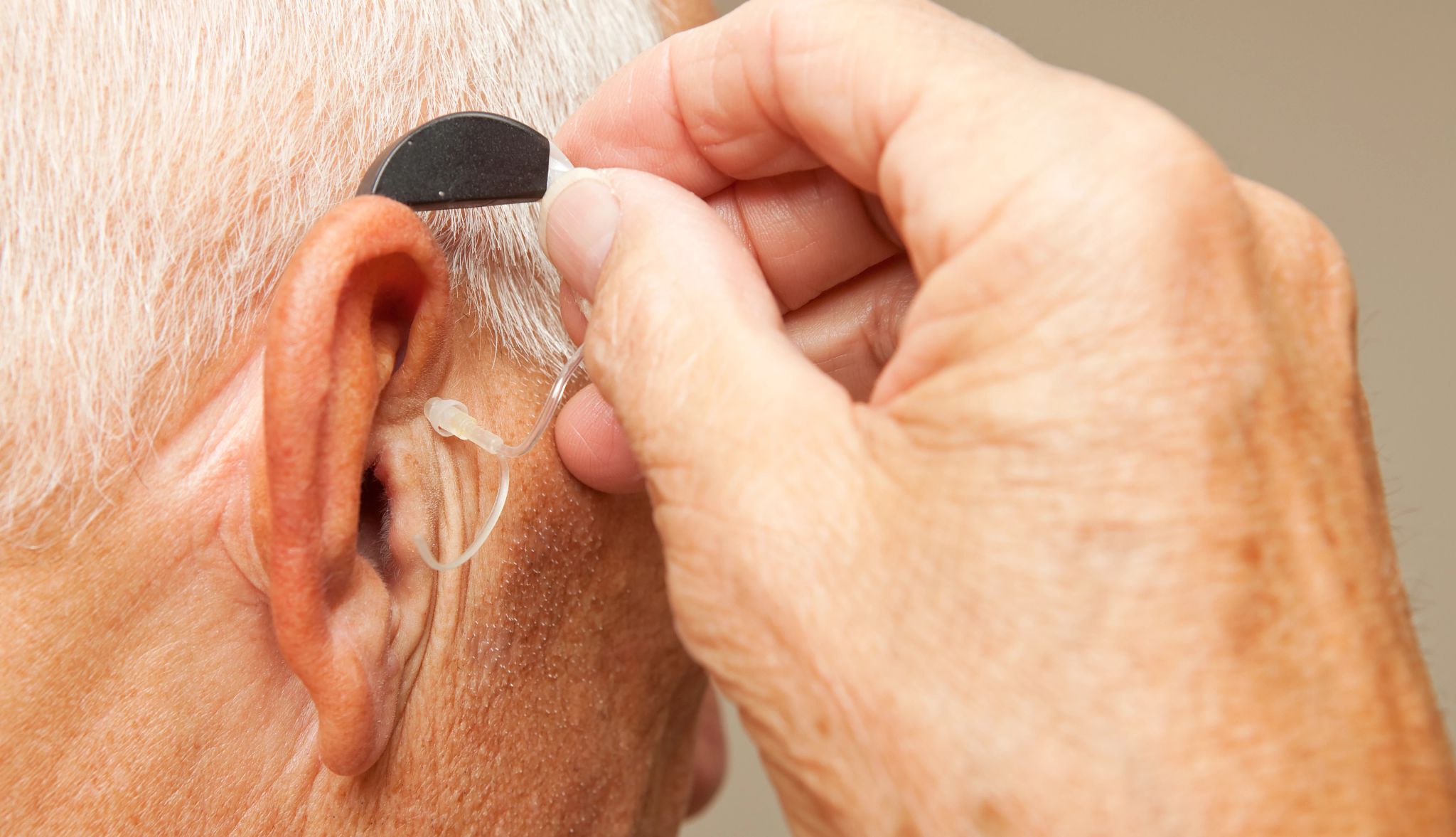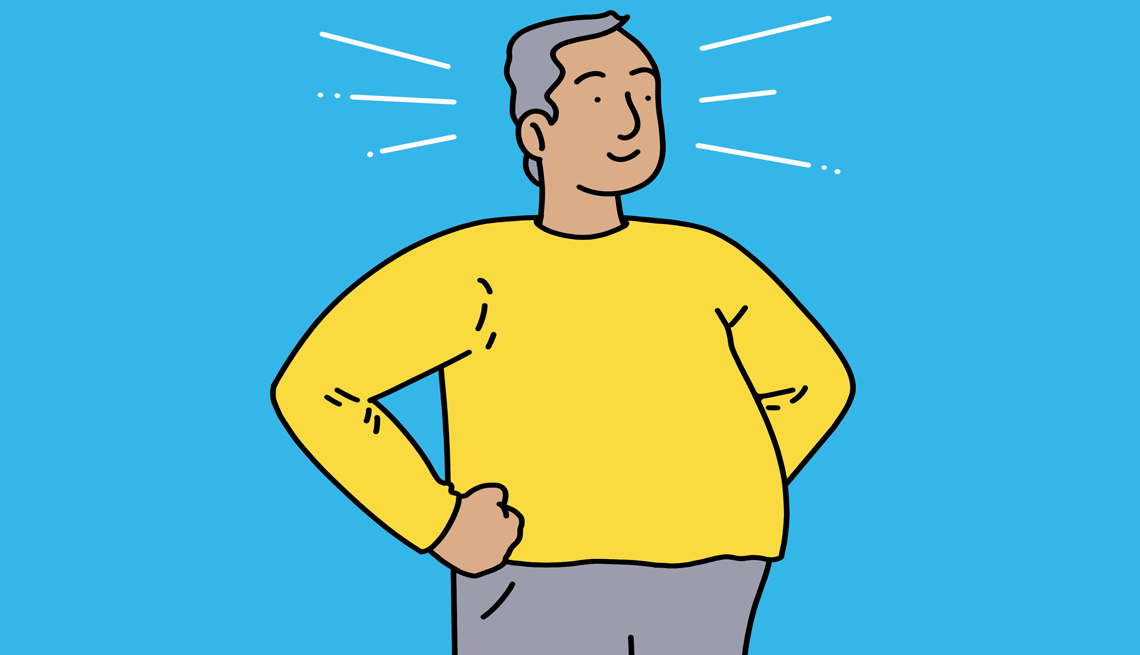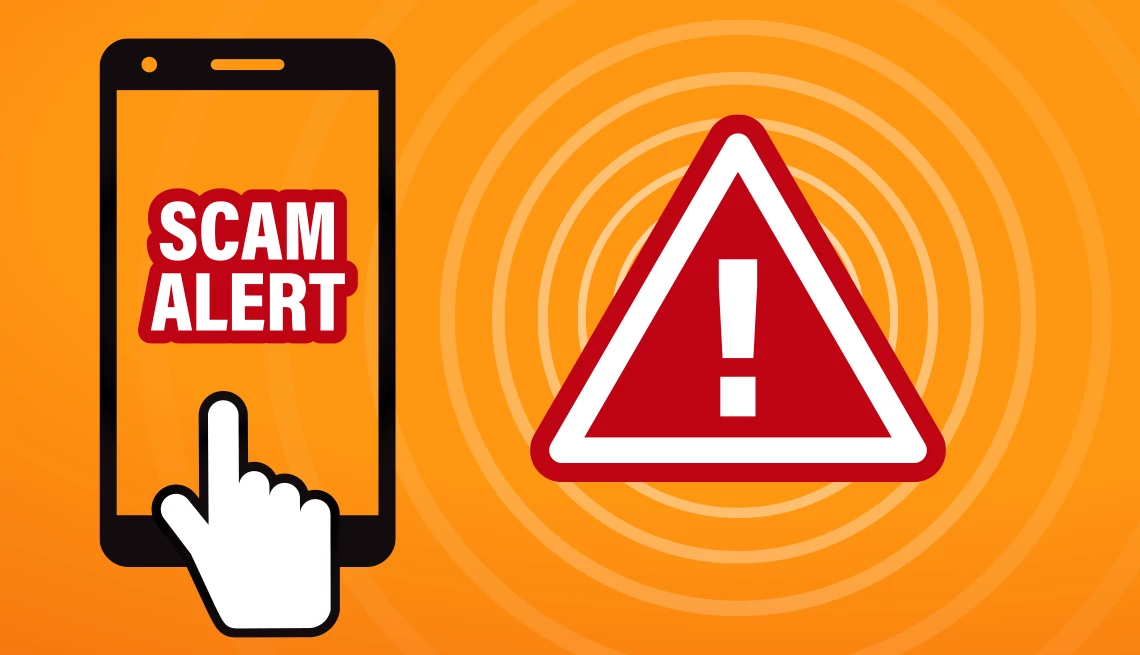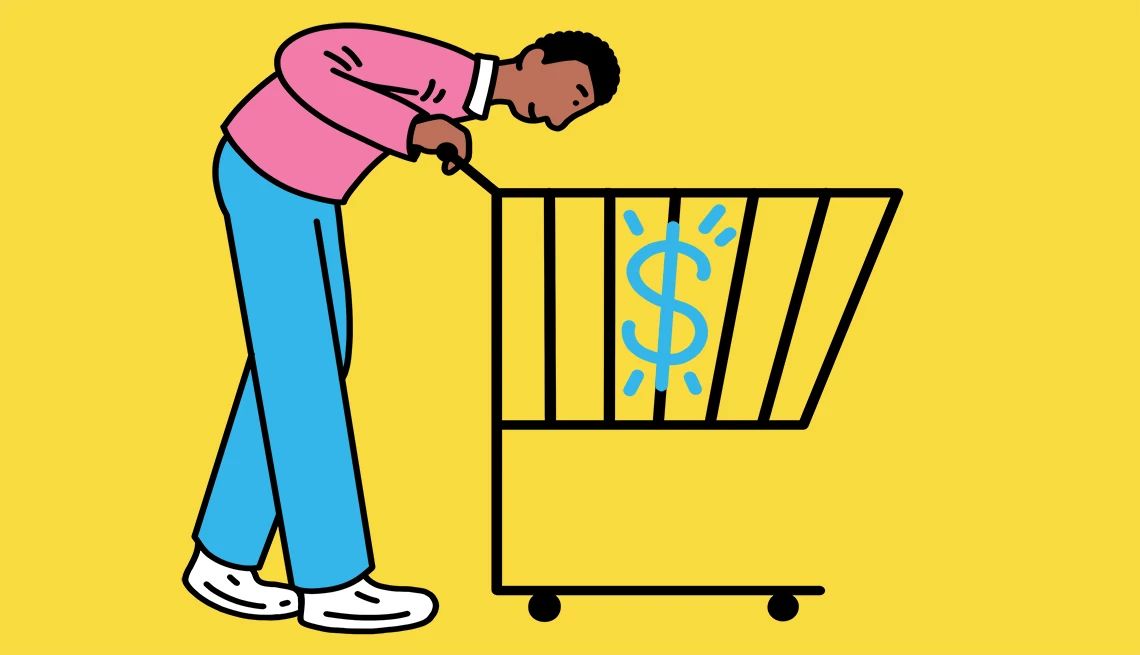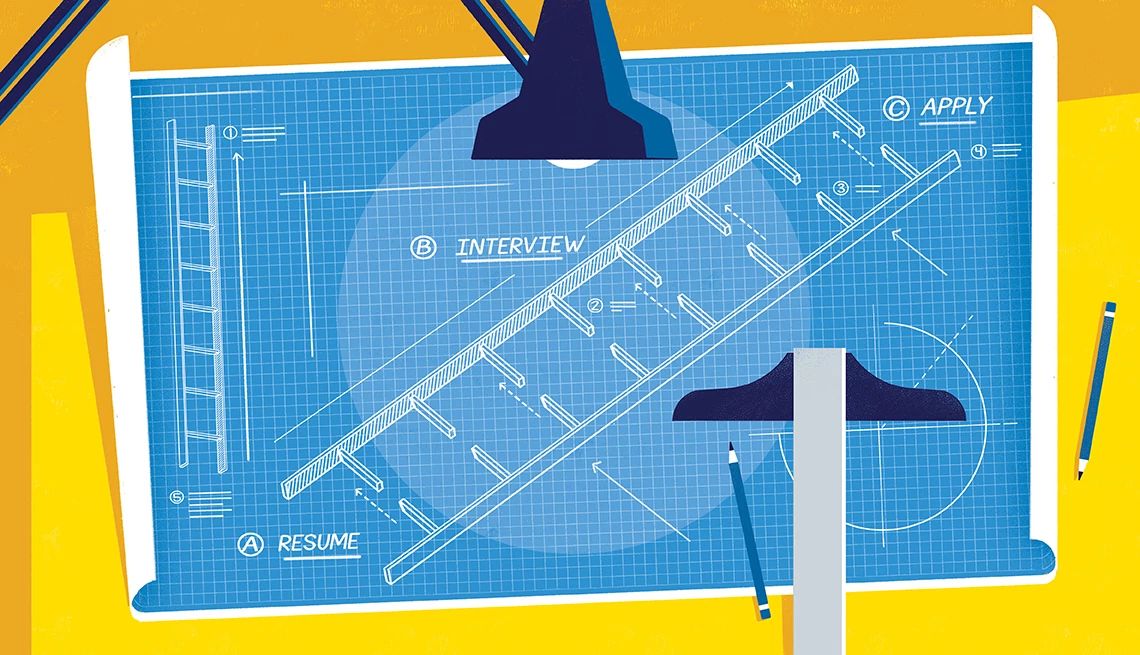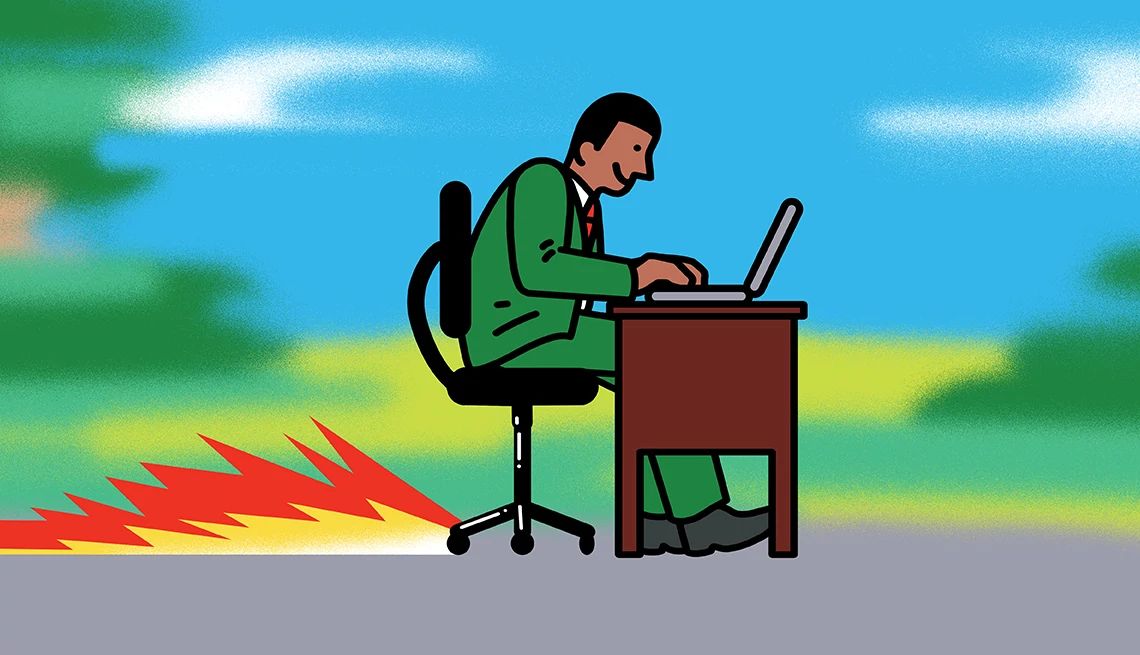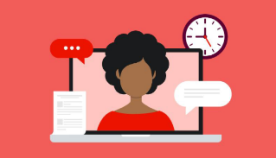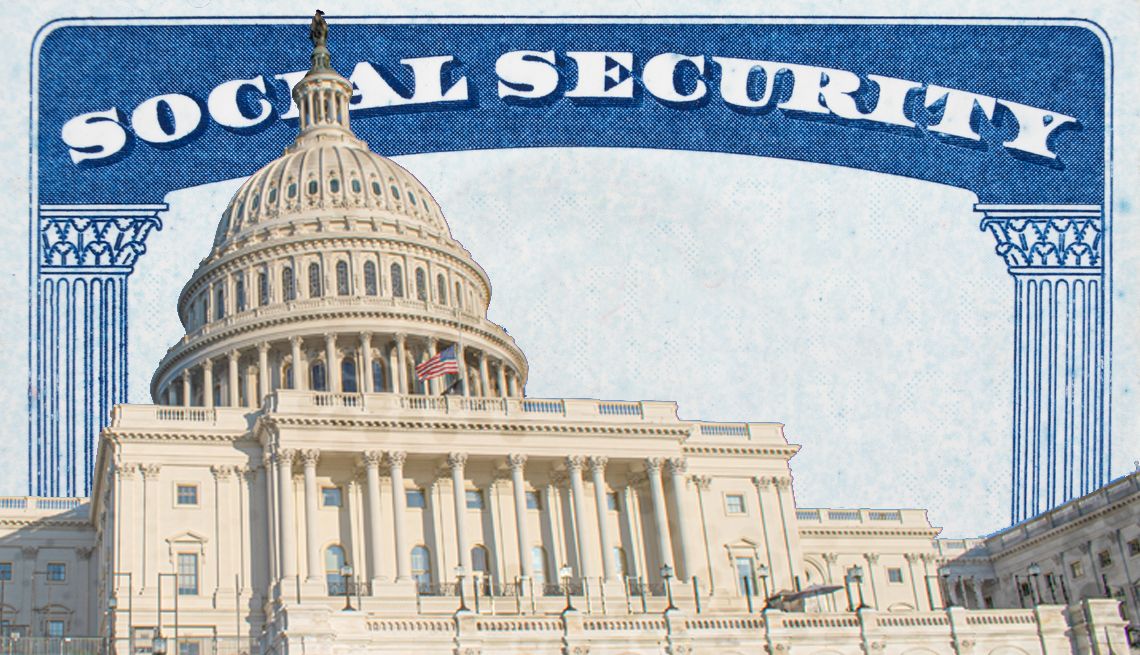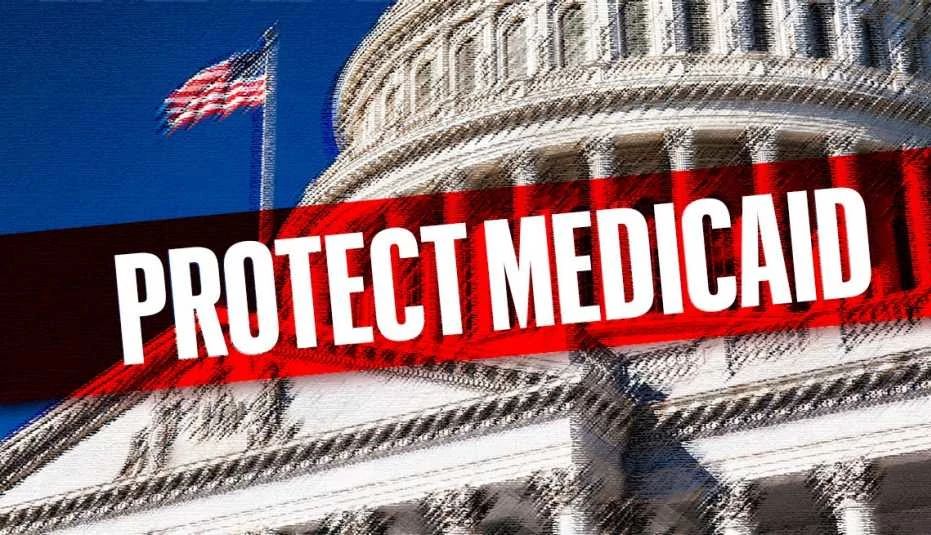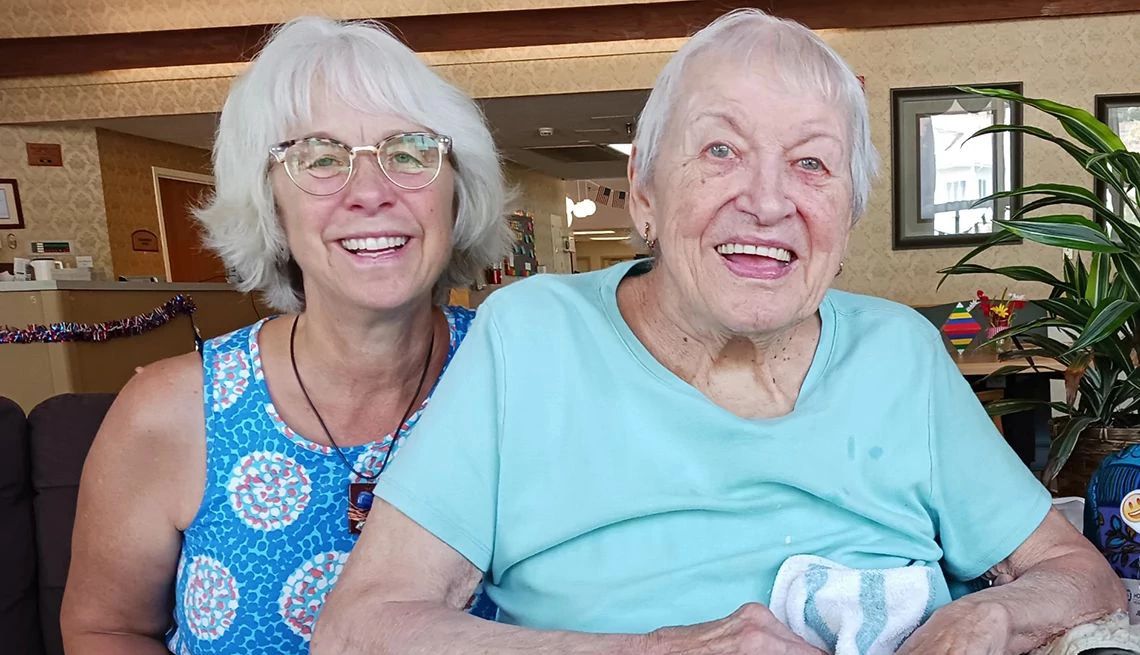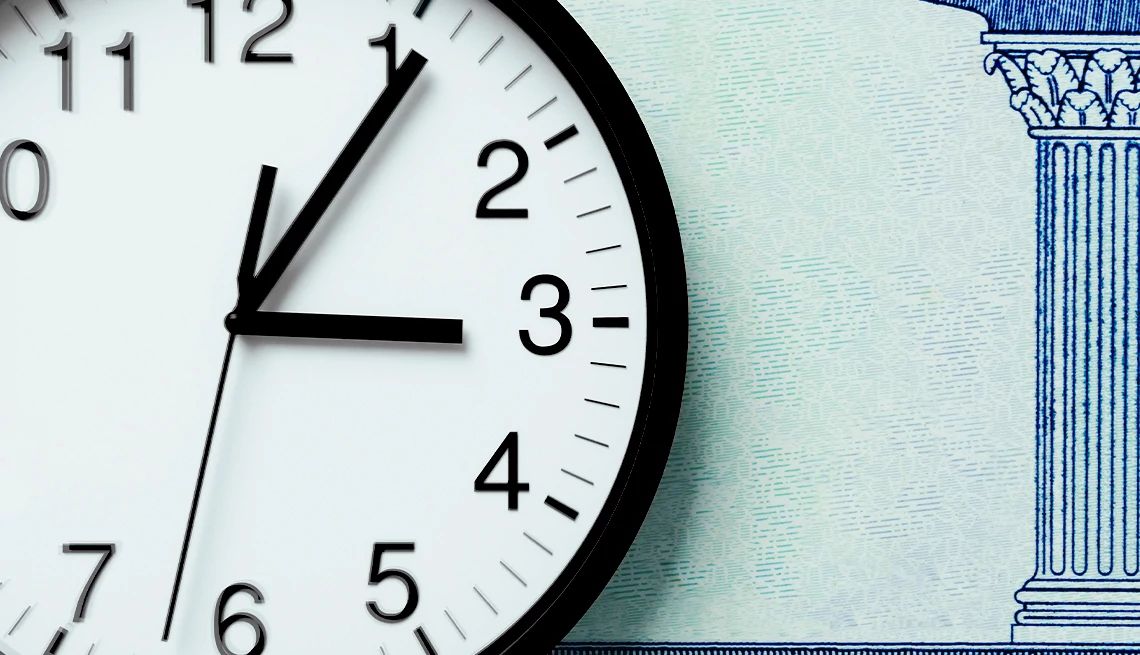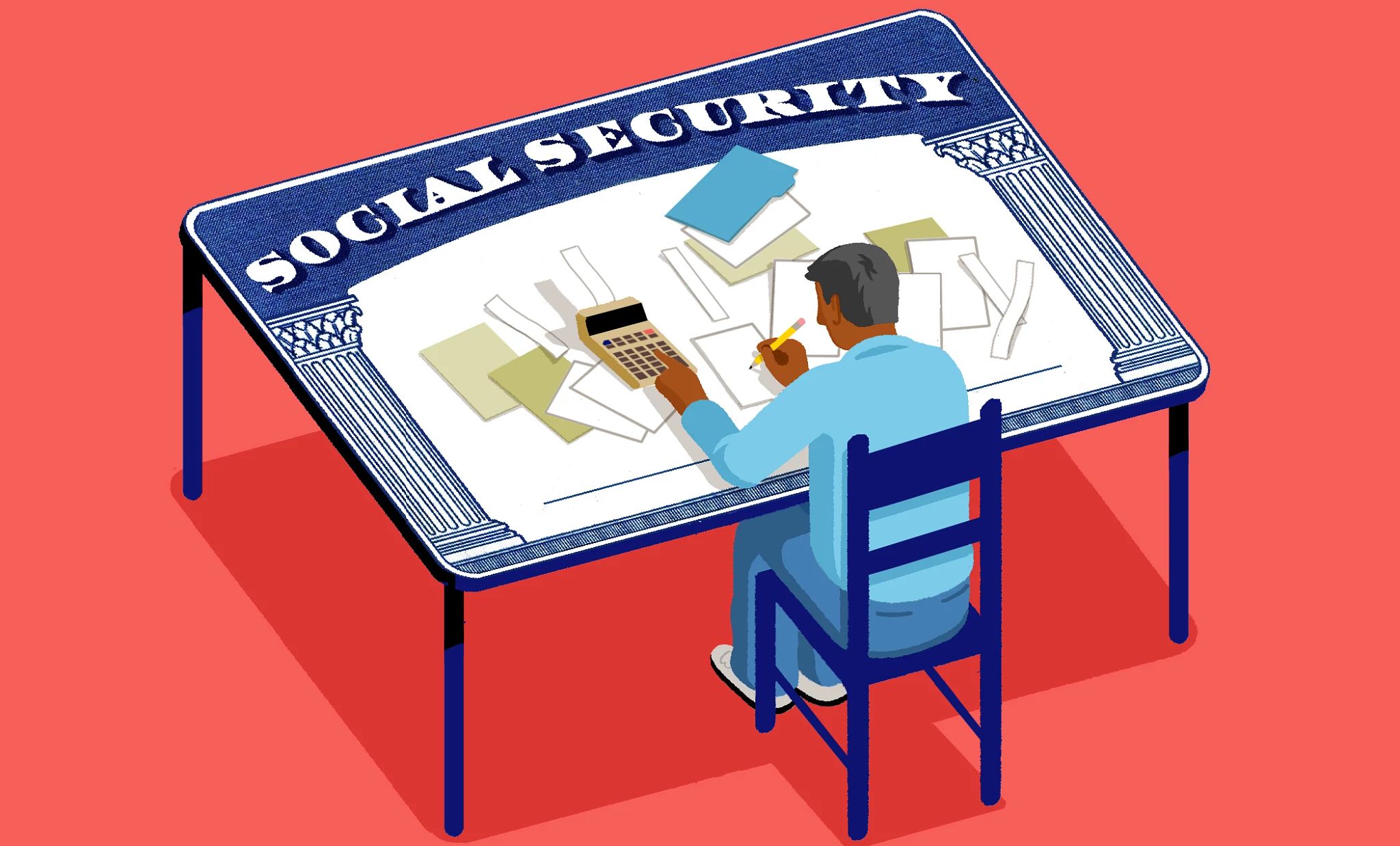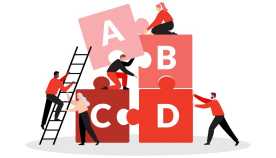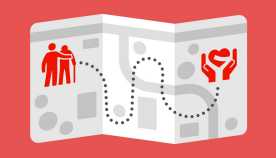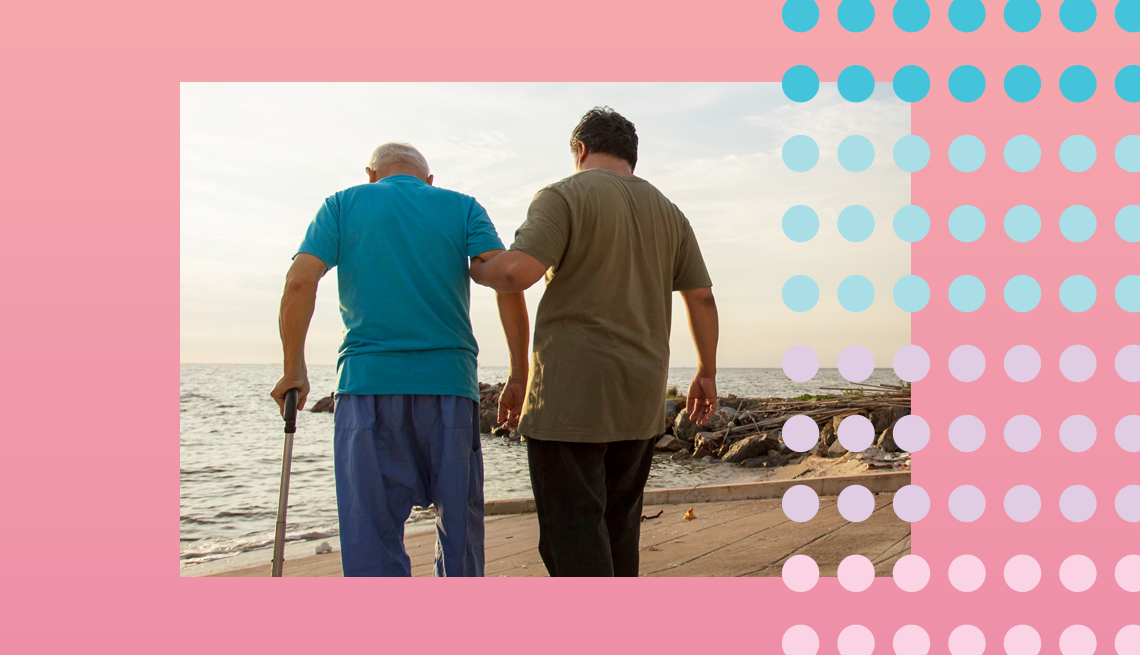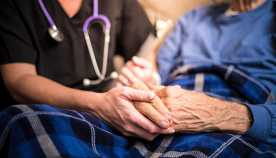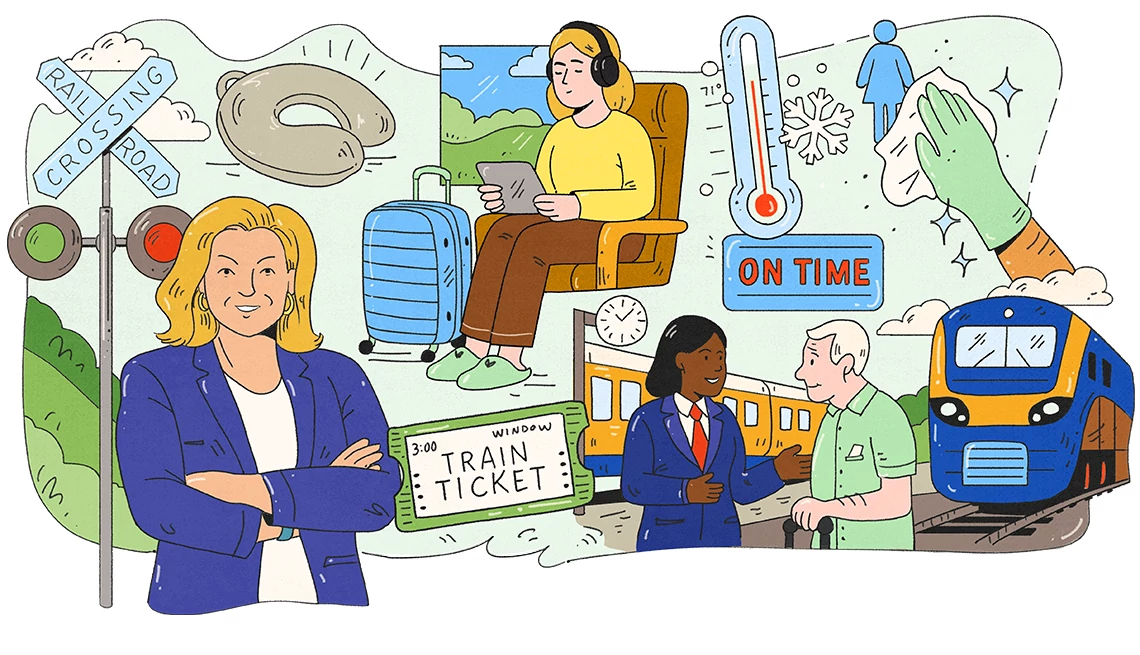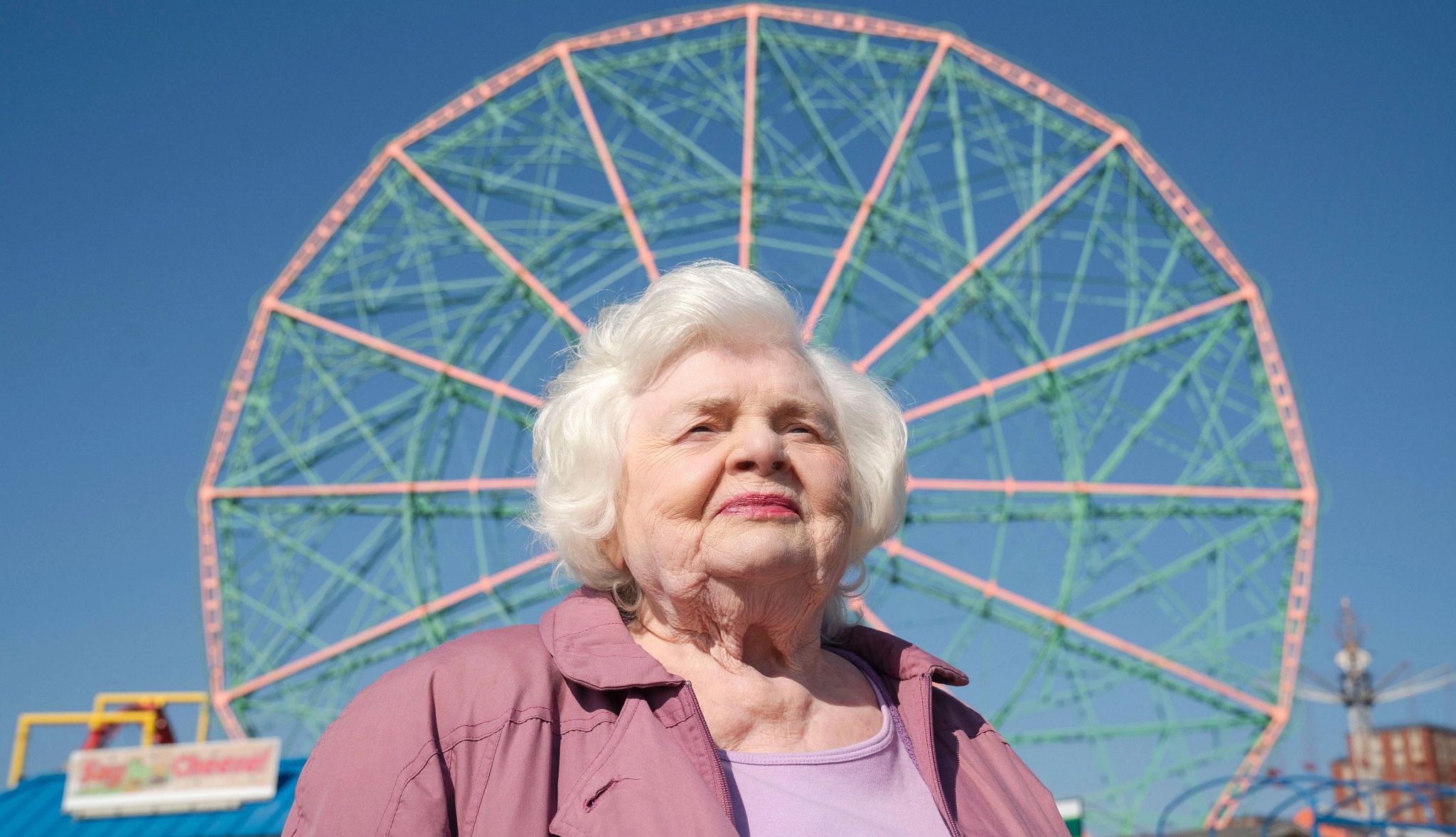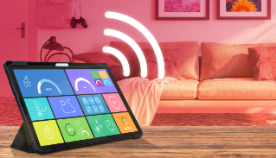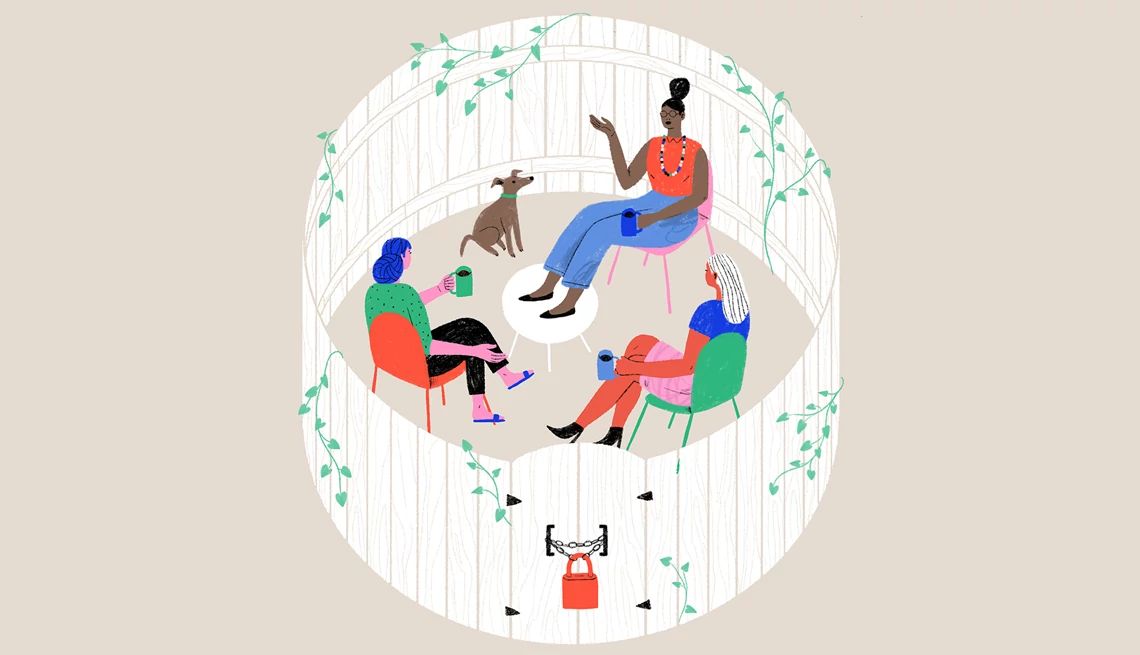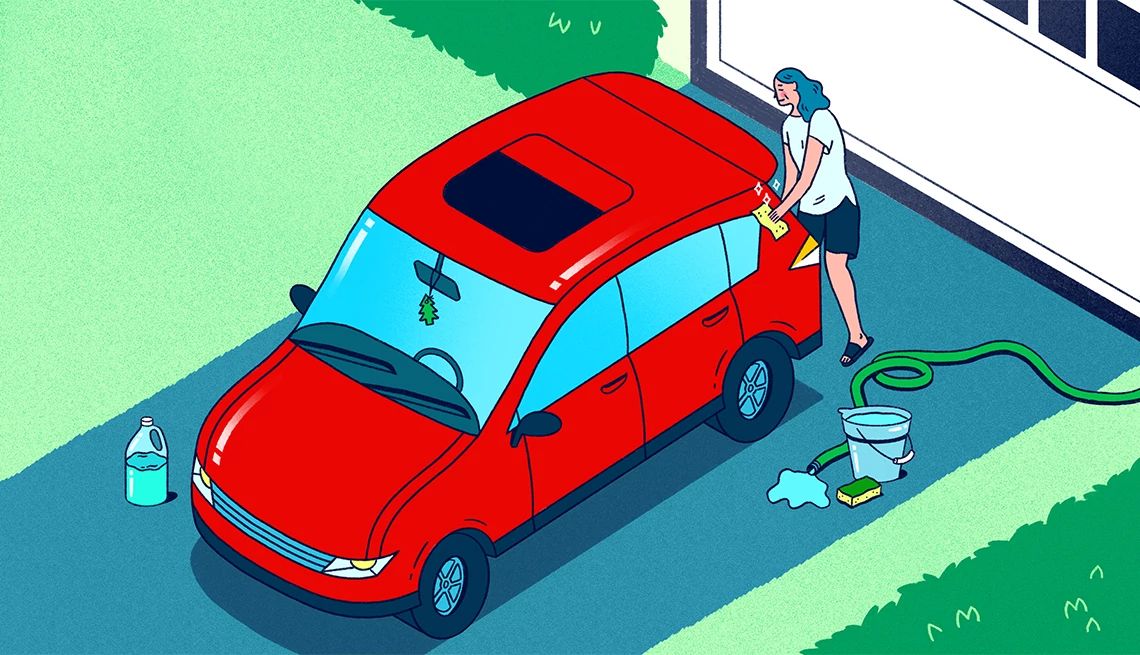AARP Hearing Center
CLOSE ×
Search
Popular Searches
- right_container
- Health
- Money
- Work & Jobs
- Advocacy
- Social Security
- Medicare
- Caregiving
- Games
- Travel
- More...
- Entertainment & Style
- Family & Relationships
- Personal Tech
- Home & Living
- Auto
- Staying Sharp
- Podcasts
- Videos
Most of the 1.2 million people living with HIV in the United States are now over the age of 50, and more than 175,000 are over the age of 65. For many people who were diagnosed prior to the introduction of revolutionary highly active antiretroviral therapy, life expectancy was measured in months,…
Surveys illuminate people’s preferences for aging in place and reforms that promote more supply
A recent report by the influential Medicare Payment Advisory Commission (MedPAC) — the independent agency that advises Congress on Medicare policy — finds that Medicare pays 20 percent more per enrollee in a private Medicare Advantage (MA) plan than it would if that same individual was instead…
Now in its second year, AARP’s Healthy Living initiative has launched programs to equip people ages 50+ with information and tools they can use to help them manage changes that come with age
The medical expense tax deduction helps millions of middle-income taxpayers of all ages confront extraordinarily high out-of-pocket health care costs
The Medicare Diabetes Prevention Program helps older adults with prediabetes make the required lifestyle changes to prevent diabetes, but there are currently few providers available to meet the growing need for the program
Multigenerational living is on the rise in the U.S. and this trend offers many benefits, such as cost savings on living expenses and reducing isolation
Here are three things that consumers and policymakers alike should know about Medicare's annual wellness visit
There is a growing community of researchers and practitioners dedicated to tackling the challenge of measuring financial security
One quarter of Medicare Advantage enrollees used the annual wellness visit benefit in 2015—42% higher than the Center for Medicare & Medicaid Services estimate for annual wellness visits in the traditional Medicare population
In spite of the recent legal setbacks experienced by Kentucky and Arkansas, other states continue to seek federal approval of waivers that include work and work alternative requirements for Medicaid recipients
Research shows that one in five older Americans are victims of financial exploitation and each victim loses an average of $120,000. Through AARP's BankSafe initiative, we are working to stop financial exploitation before it happens
Employment was up again in April, according to the Bureau of Labor Statistics monthly Employment Situation data
Search AARP Blogs
Recent Posts




